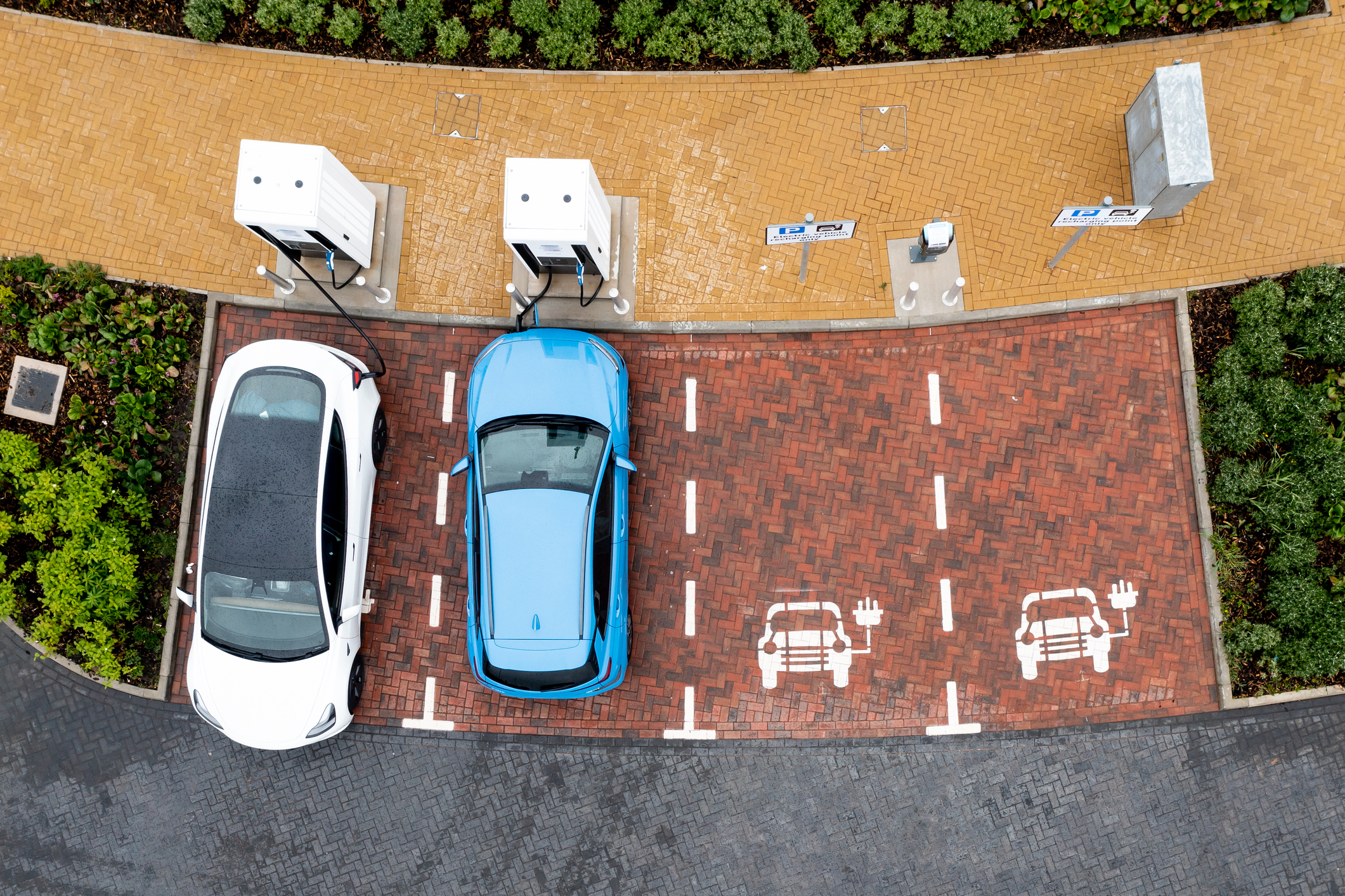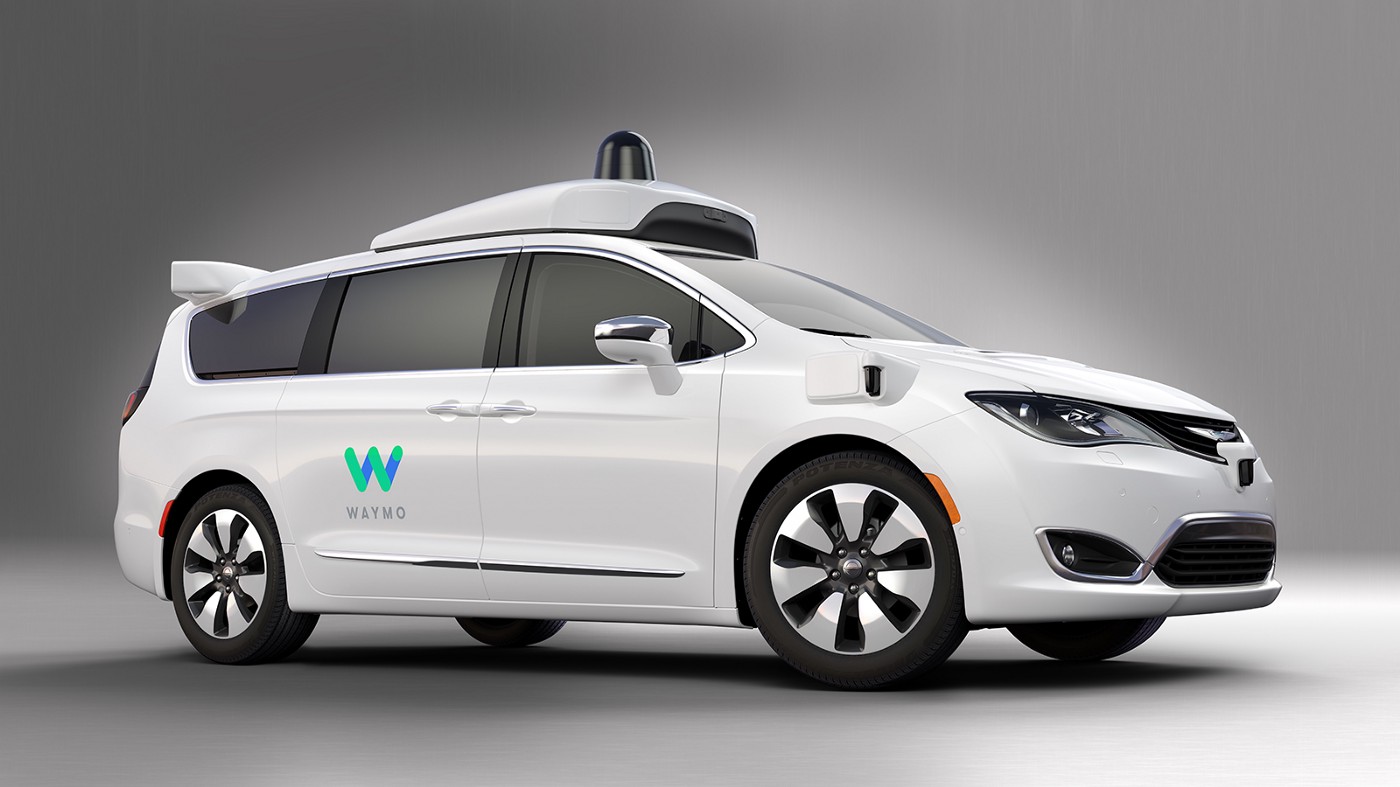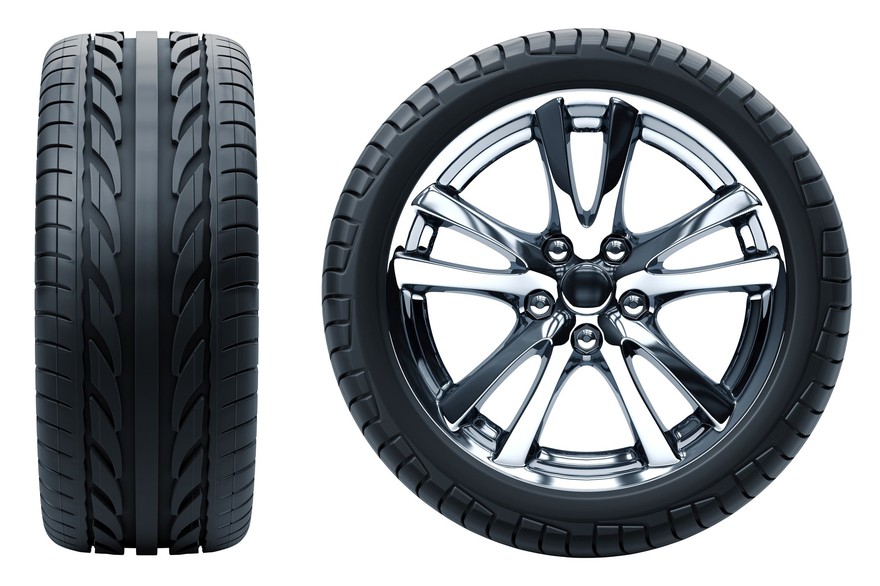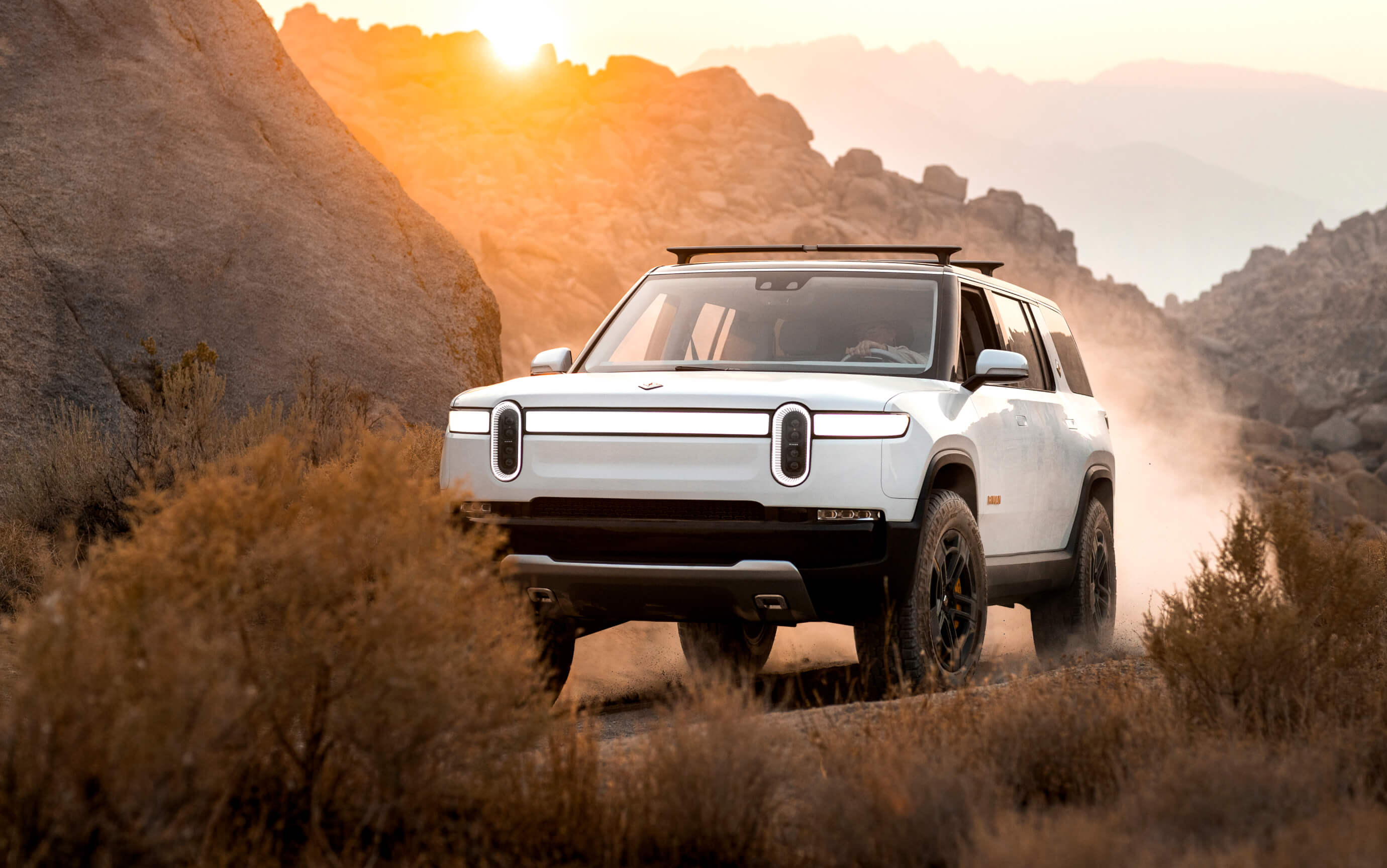Rivian had barely delivered any of its electric trucks or SUVs when it went public, so investing in the stock was the ultimate leap of faith. The company managed to produce more than 1,000 vehicles in 2021, a tiny number compared to Tesla and other large automakers. Deliveries equaled 51,579 vehicles in 2024, and the company projects vehicle deliveries of 40,000 to 46,000 vehicles in 2025. The delivery outlook may be lower than 2024, yet it reflects the company's plan to pause production lines at its plant in Illinois for one month in late 2025 in preparation for the launch of production of the R2 in the first half of 2026.
Rivian is taking a risk by vertically integrating critical components like electronics, the propulsion platform, and software. The strategy may pay off if the company can rapidly grow production over the next few years, but it also means costs will be higher in the near term.
Although it's unprofitable, Rivian had $7.5 billion in cash on its balance sheet as of June 30, 2025, so it can afford to lose vast sums as it ramps up production. But if the company hits a roadblock, it could be in serious trouble.












